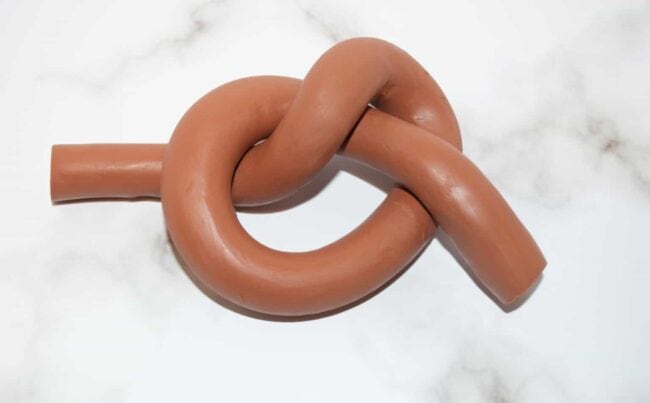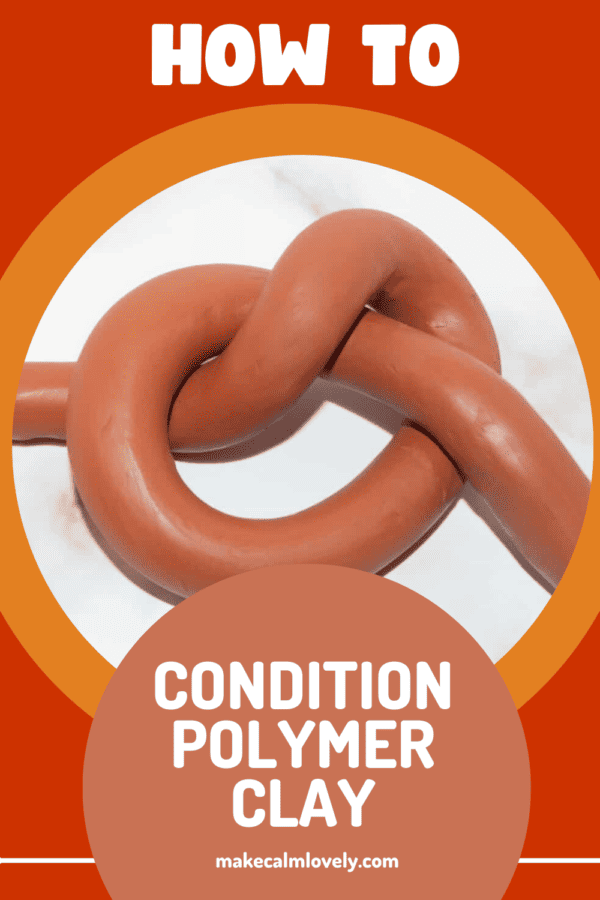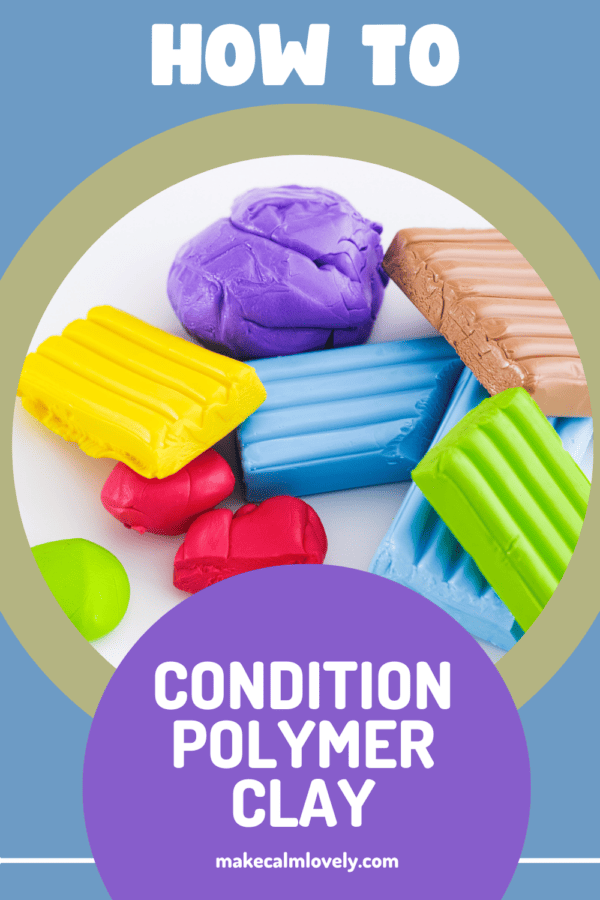How to Condition & Work With Polymer Clay
When working with polymer clay it is essential to condition it first, as it makes the clay soft, pliable, and easier to work with. Here are all the ways that you can condition polymer clay
Polymer clay is a really fun and rewarding craft and hobby to do. You can create all kinds of things for you and your home, plus gifts for others too, out of polymer clay.
But in order to get the best results from your polymer clay creations you need to condition the clay first.
Conditioning polymer clay is an essential step in working with it because it makes the clay soft, pliable, and free of cracks, making it easier to shape and work with.
There are several different and effective ways to condition polymer clay:
Hand Kneading to Condition Polymer Clay
The most common and traditional method of conditioning polymer clay is to knead the clay by hand. In order to do this, follow these steps:
-
- Break the clay into smaller pieces to make it more manageable.
- Start kneading the pieces in your hands by rolling, folding, and pressing the clay repeatedly.
- Continue kneading until the clay is uniformly soft, smooth, and free of cracks. This process can take a few minutes to achieve.
- The heat from your hands will also help to condition the clay during this process.
See all these polymer clay guides here!
Baking & Setting Polymer Clay: All you Need to Know
How to Create & Mix Your own Polymer Clay Colors
How to use & Work With Translucent Polymer Clay
Using a Pasta Machine to Condition Polymer Clay
Using a pasta machine is a quicker and more efficient way to condition polymer clay, especially if you work with large quantities of clay. Here’s how to do this the right way:
-
- Cut or break the clay into smaller pieces.
- Pass the clay through the pasta machine’s widest setting.
- Fold the sheet in half and pass it through again.
- Repeat this process several times, gradually reducing the thickness setting with each pass.
- The clay should become smooth and conditioned after a few passes.
- A pasta machine is also a great way to blend colors in clay.
You can either use a pasta machine that you already have (but you must clean it out completely before using it for food preparation if you have used it to condition polymer clay). Or you can buy a pasta machine especially for your polymer clay projects.
Using a Food Processor to Condition Polymer Clay
Some crafters choose to use a food processor with a dedicated blade for conditioning clay. If you choose this method, make sure the food processor is only used for clay and not for food preparation. If you do use a food processor to condition your clay, follow these steps:
-
- Cut the clay into small pieces and place them in the food processor.
- Pulse the clay in short bursts until it reaches the desired consistency.
Using Softener to Condition Polymer Clay
If your polymer clay has become too hard or crumbly, you can use a clay softener to restore its pliability.
Follow the product’s instructions for use, but generally, you will knead a small amount of the softener into the clay until it reaches the desired texture that you want.
Don’t use too much of the softener as it can make your clay too moist.
Using a Heat Gun or Hair Dryer to Soften Polymer Clay
You can use a heat gun or a hair dryer to gently warm the clay, making it more pliable and easier to condition.
Hold the heat source several inches away from the clay and move it in a circular motion to distribute the heat evenly. Be careful not to overheat the clay, as it can become too soft or distorted.
All these methods work really well to condition your clay, and get it prepared and ready for working with.
Always condition your polymer clay thoroughly before starting any project. Properly conditioned clay is less likely to crack, and it will be easier to shape, texture, and work with in your creative endeavors.
You will love these polymer clay projects!
Polymer Clay Knot Paperweight DIY
Tatto Polymer Clay Bowls DIY
20+ Polymer Clay Bowls to DIY
DIY Polymer Clay Drink Charms
When working with polymer clay it is essential to condition it first, as it makes the clay soft and pliable, and easier to work with. Here are all the ways you can condition polymer clay.



